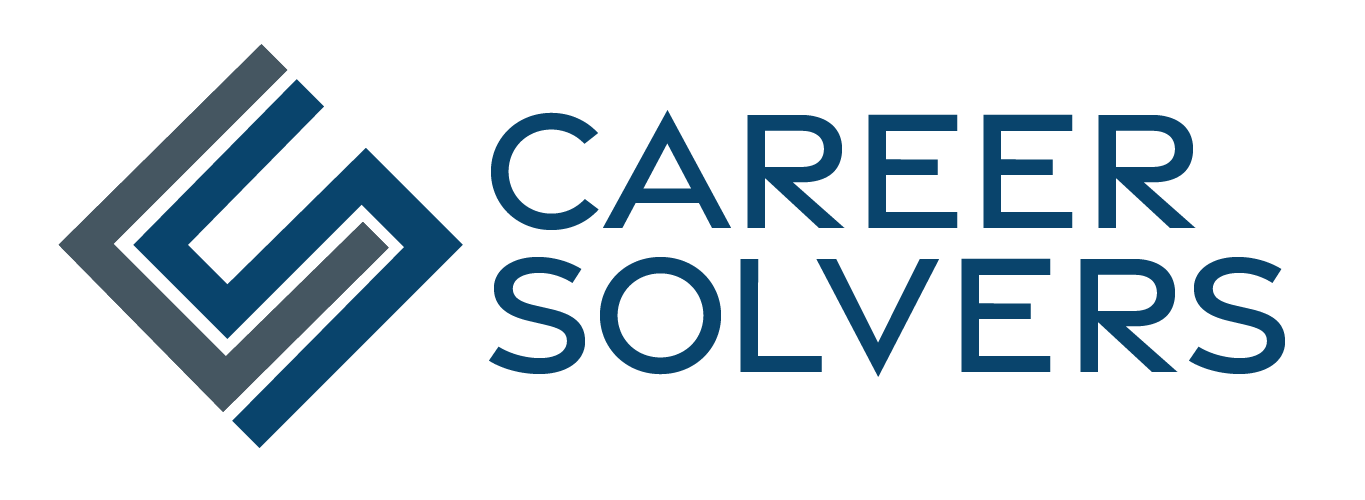 Women have all heard the basics on appropriate dress for an interview…don’t wear anything too short, tight, low cut, or sexy to an interview. But how do you go about finding the right look and style for your interview attire? Last week I sat down with Ilona Vanderwoude, a professional resume writer and image consultant to go past the basics of interview attire to uncover what women should pay attention to in order to achieve the best fit. Here’s what she had to say.
Women have all heard the basics on appropriate dress for an interview…don’t wear anything too short, tight, low cut, or sexy to an interview. But how do you go about finding the right look and style for your interview attire? Last week I sat down with Ilona Vanderwoude, a professional resume writer and image consultant to go past the basics of interview attire to uncover what women should pay attention to in order to achieve the best fit. Here’s what she had to say.
- Body Type “Whether buying clothes for an interview or for a social situation, knowing your body type and some basic guidelines for your posture will go a long way in purchasing clothes that will flatter you. Some things to pay attention to are your proportions. How long is your torso compared to your legs? Do you have wide shoulders, or do they slope? Which areas of your body pose a challenge when it comes to dressing?”
- Suits “With suits, you should check whether it’s a double breasted suit. This can work for some women, but it often makes you look boxy. Single-breasted tends to be more flattering on most body types. Another aspect is the length of the jacket. The bottom of the jacket should hit an area of your body that is flattering, i.e. not your widest part. The length of your torso compared to the length of your legs plays a role in this as well. If you have short legs in comparison to the rest of your body, be careful with jackets that are very long. It can make your legs look even shorter.”
- Pants “When buying a pant suit, the most important thing is that the trousers are straight-legged. Pants that are tapered around the ankle are very unflattering-on anyone, seriously!-because they give you a shape like an ice cream cone, emphasizing your hips and making them look huge in comparison. So: straight legs (sometimes also referred to as boot cut), and make sure the hem hits your shoe. The goal is to create an elongating silhouette. The role of your pants is to be straight and as long as possible without completely covering your shoe. Too short is hideous too; you should not be able to see the part of your shoe above the heel (the part that actually holds your foot). If you plan on wearing your pant suit with a particular heel, it’s best to take these to the tailor with you so your trousers can be hemmed based on these shoes. As annoying as it may be, you will simply not be able to wear the same pants with a 4 inch heel and with flats. Something else that is not very flattering on most women: side pockets. When you sit down, these tend to “gap”. When you are standing or walking, they add width in an area most women would rather lose weight in: the hip area.”
- Tailoring “A big part of a great look is in the tailoring. If a suit doesn’t fit you properly, no matter how expensive it may have been, you will not achieve the desired effect. It’s also a mistake to believe that you should be able to buy a suit off the rack and have it fit perfectly. Even if you have an “easy” size and if you find the right size in the store, you will probably have to make certain alterations to make it truly fit. If you have a more challenging body type, shop for the biggest part of you. The rest-the areas that end up being too big can be taken in.”
- Plus size “If you are a plus size, remember that oversized dressing does not really make you look slimmer. On the contrary. And it makes you look sloppy. Go for the size that actually fits.”
Check back next week for Ilona’s tips on shoes, hair, and makeup. And if you are a male job seeker, we will be posting dress for success tips for you as well in the near future, so stay tuned!



Could not say this any better.
While this will not get a person hired, it will be an unspoken factor for equally qualified candidates.
Not the least is the self image one has of putting one’s best foot forward confidently.
Dan,
Thanks. Everything counts in an interview. And I think you are right…when you feel confident in how you look it helps your overall interview strategy. Thanks for reading.